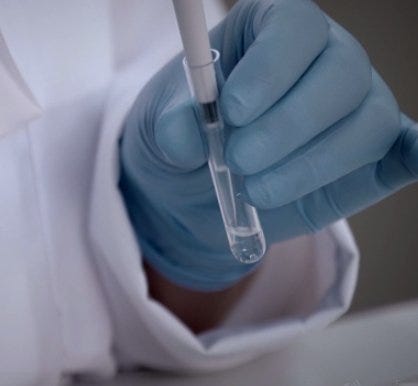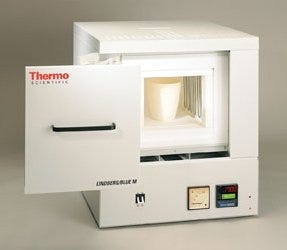
- +1 (714) 578-6100
Hours Mon - Fri, 07:00 AM - 06:00 PM (Pacific Time)
Pipetting is one of the most common functions performed in labs. It is both a measuring technique and the conveyance used for transporting small volumes of fluid. Operations can become rote, but it’s critical to follow best-practices—with such small sample volumes, even trivial mistakes influence results.
How Many Standard Deviations From the Mean? Preventing Statistical Anomalies in Data Sets
Whether you are collecting data for a Pre-Market Authorization submission to the FDA or acquiring publication-quality data to satisfy the most shrewd peer reviewer, statistical outliers can destroy the confidence value of a data set. Many sources of variables exist when handling microliter volumes of liquid for experimental analysis.

Windows give us a view of the environment on the “other” side of the wall, whether looking out from an enclosed room, or looking into it. In a controlled cleanroom, windows are a source of ambient light, and help to “expand” the space, making it feel less restrictive and relieving worker claustrophobia. Practically speaking, they also allow personnel to see when the critical environment is in use, and what activities are being performed.
Windows are more complex than a simple pane of glass. Anyone responsible for wiping down a cleanroom can appreciate how troublesome nooks and crannies can be! Contaminating particles can collect on framing, sills and fasteners, complicating the sanitizing process. Terra’s stainless steel BioSafe® cleanroom windows are designed to reduce cracks and horizontal surfaces, making disinfection easier and faster.
Single-Pane
Furnaces have been part of laboratories for hundreds of years. Some of the first chemists to experiment with ultra-high temperatures were indeed brave, considering the flammability of many substances (in those days, perhaps known, or not…). Yet even today with our most modern processes and equipment, ultra-high temperature is still used in chemistry and manufacturing. Advances in furnaces have certainly been made over the years, improving efficiency and safety. As industry has grown and developed, we’ve also expanded the range of applications for furnaces.
Here, we look at some lab furnace types—how they work and how they are used.
Box and Muffle Furnaces

Box
Whether lab technicians like it or not, cleanrooms are exposed to contaminants. Adulteration can occur from personnel, equipment, or even incorrect decontamination processes. Since many cleaning methods exist, it’s important to select one that’s best for your application; an careless technique may redeposit contaminants onto surfaces rather than take them away. Understanding particle-to-surface bonding (electrical, physical, or chemical) is one of the first steps to optimal cleaning efficiency. Keep reading for more tips that ensure your cleanroom remains clean.
“Wet cleaning” removes contamination with the use of a cleaning fluid. In some cases, wiping will move particles, but fail to remove them. Therefore, wet cleaning is typically implemented when wiping is not enough to overcome the particle adhesion. Cleaning solutions include a number of chemical choices; based
